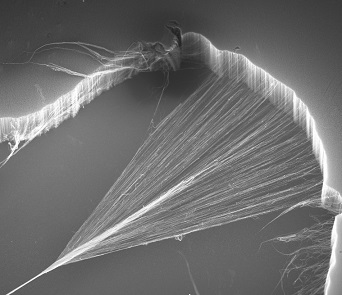RMIT improves upcycling
 Australian researchers are working on a smarter way of dealing with plastic waste.
Australian researchers are working on a smarter way of dealing with plastic waste.
RMIT University researchers have developed a clean and cost-effective way to upcycle used plastic, transforming it into valuable nanomaterials and high-quality fuel.
The new method can produce high-value products from plastic – carbon nanotubes and clean liquid fuel – while simultaneously upcycling agricultural and organic waste.
The team’s two-step process, revealed in the Journal of Environmental Management, converts organic waste into a carbon-rich and high-value form of charcoal, then uses this as a catalyst to upcycle the plastic.
Lead researcher Associate Professor Kalpit Shah says upcycling two massive waste streams through one circular economy approach could deliver significant financial and environmental benefits.
“Our method is clean, cost-effective and readily scaleable,” Dr Shah says.
“It’s a smart solution for transforming both used plastic and organic waste – whether tonnes of biomass from a farm or food waste and garden clippings from household green bins.
“We hope this technology could be used in future by local councils and municipal governments to help turn this waste into genuine revenue streams.
“With Australia banning export of waste plastic from next year, it’s vital that we explore sustainable and cost-efficient alternatives beyond recycling.
“Upcycling plastic with home-grown tech would enable us to draw the greatest possible value out of our limited resources and bring us closer towards a true circular economy.”
Plastic unfantastic
The export of unprocessed single resin/polymer plastics will be banned from July 1, 2022, under new Australian laws designed to phase out export of waste plastics, paper, glass and tyres.
Australia’s national recycling target is for 70 per cent of the country’s plastic packaging to be recycled or composted by 2025, but a recent report found just 9.4 per cent of plastic was recycled in 2017-2018.
Recycling and clean energy is one of six national priorities in the Federal Government's Modern Manufacturing Strategy.








 Print
Print